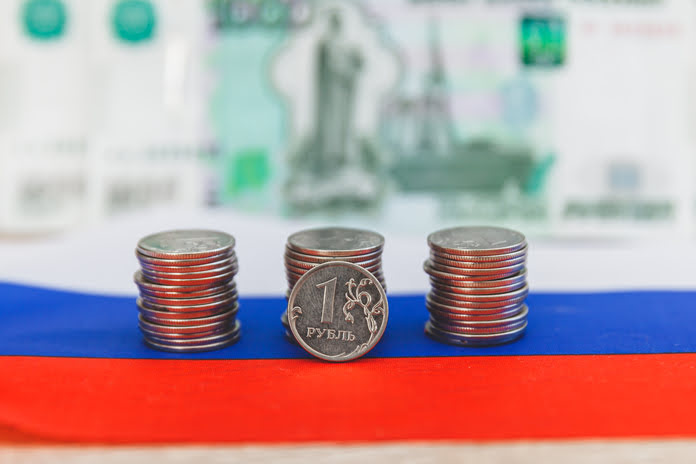The Central Bank of Russia has raised its key lending rate by one percentage point to 13%, following a larger hike imposed just a month ago. This move is driven by concerns about inflation and the ongoing struggle of the ruble against the US dollar.
Annualized inflation in Russia increased to 5.5% in September, and the central bank anticipates it could reach 6%-7% by the end of the year. The bank’s board stated that high inflationary pressure persists in the Russian economy, with risks such as domestic demand surpassing output capacity and the ruble’s depreciation over the summer months. As a result, tightening monetary conditions further is deemed necessary.
In August, the central bank had already raised the lending rate to 12%, marking a substantial 3.5 percentage point increase, in response to the ruble weakening to 100 against the US dollar. Although the ruble’s exchange rate saw some improvement after the initial rate hike, it remains significantly weaker than a year ago when it was trading at around 60 to the US dollar.
The central bank’s decision to raise borrowing costs aims to combat rising prices as Russia faces increased imports and reduced exports, particularly in oil and natural gas, while experiencing higher defense spending and the impact of sanctions. A shift towards importing more and exporting less has resulted in a smaller trade surplus, which typically puts downward pressure on a country’s currency.
Featured Image: Freepik @ inna-zueva5









